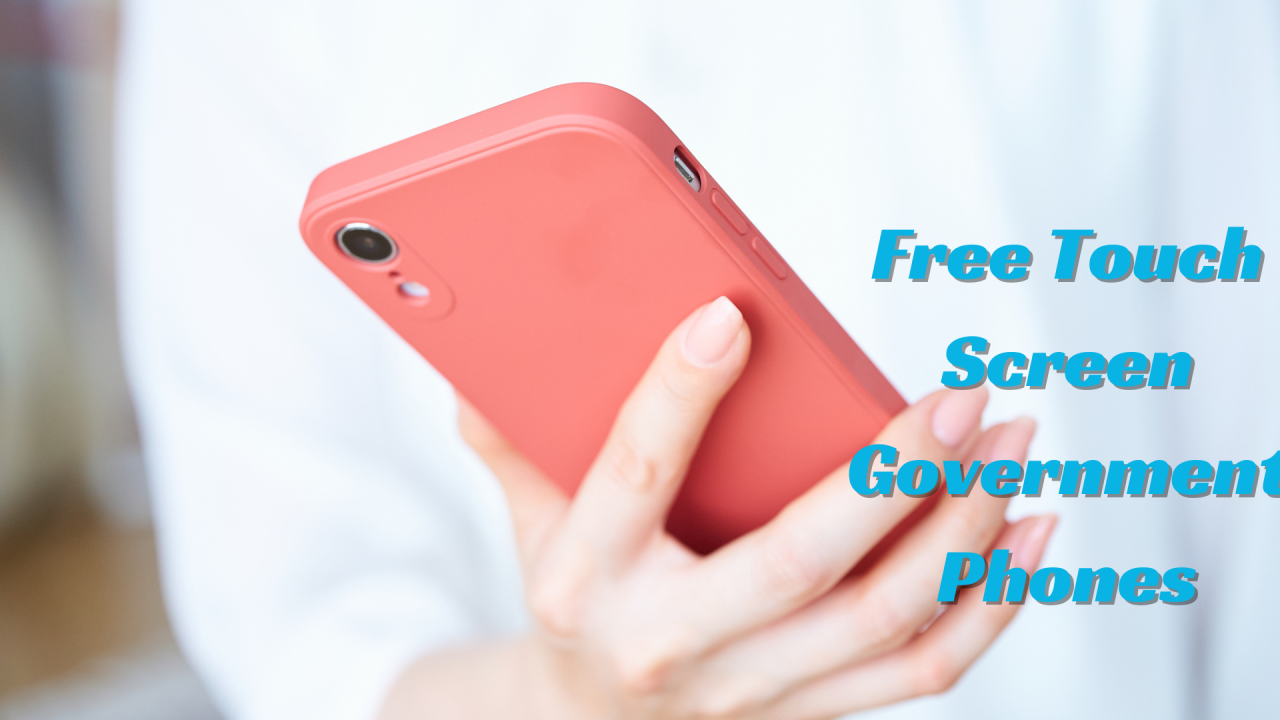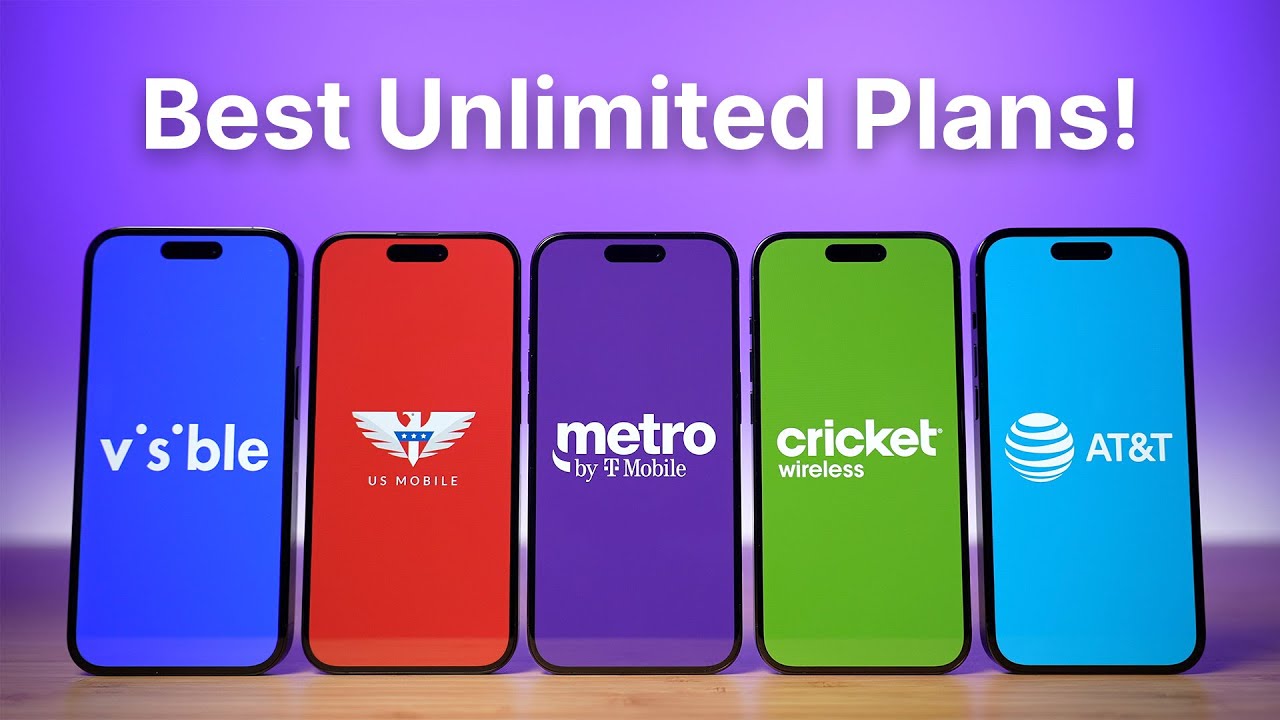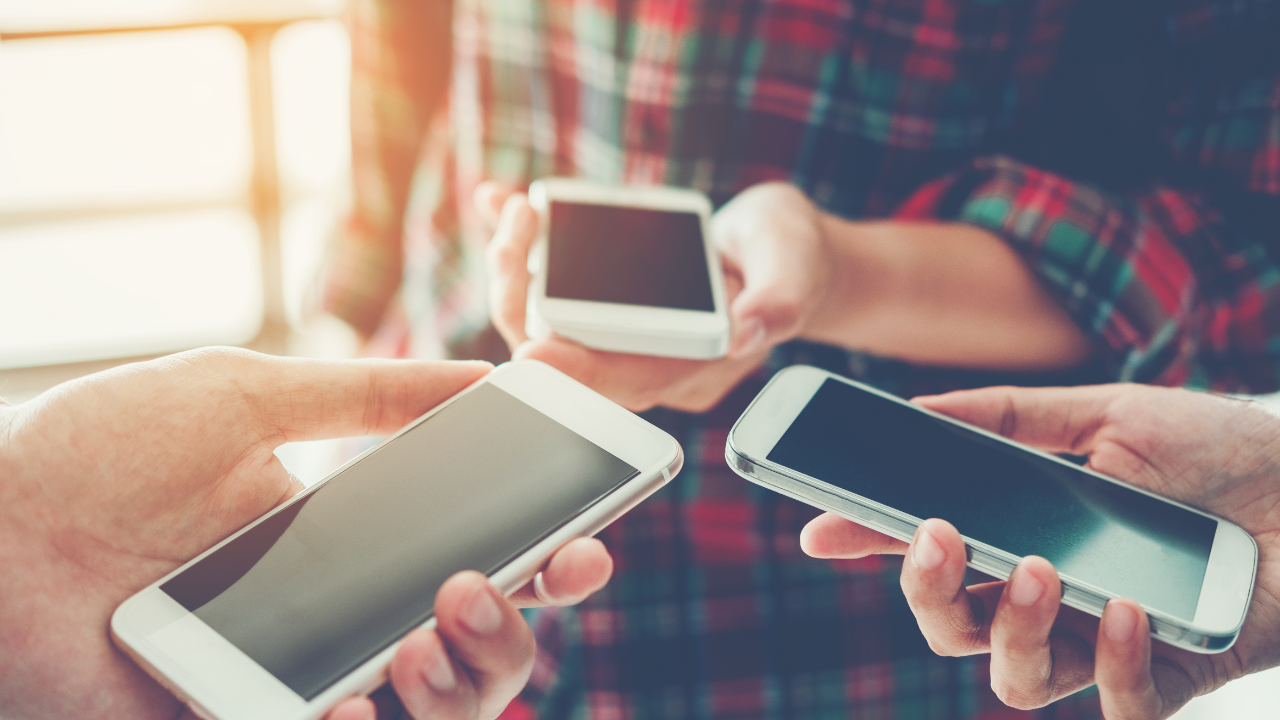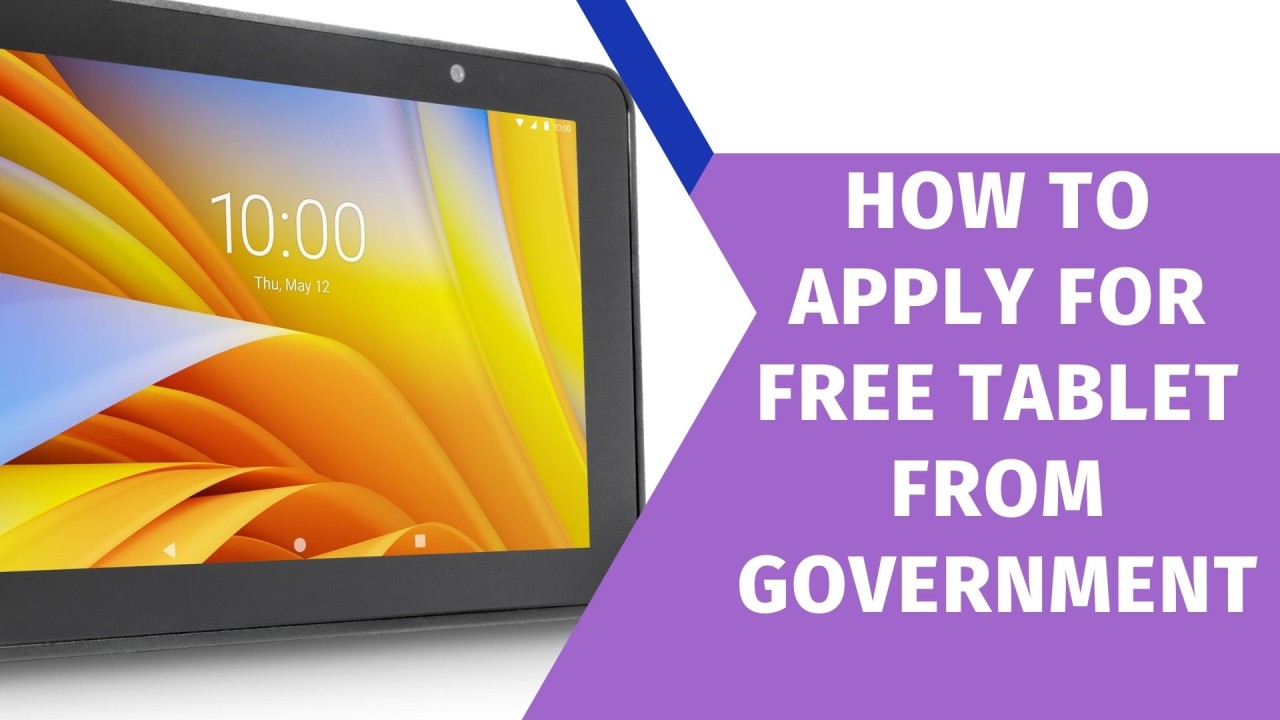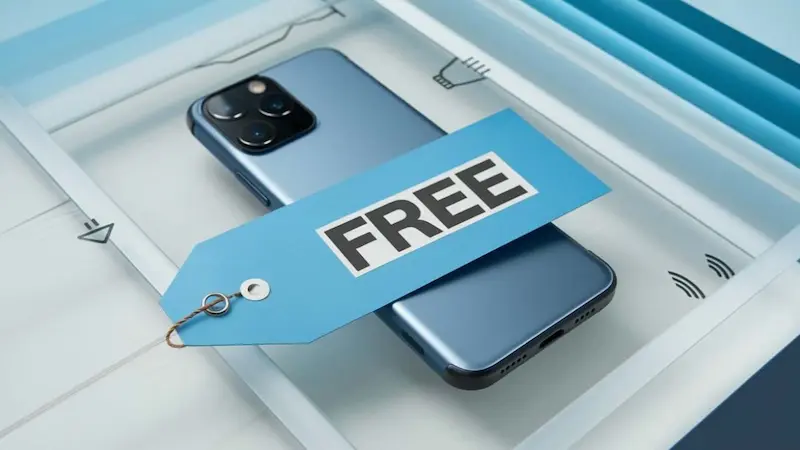Step 2: Check Eligibility Criteria
Once you've identified potential providers, the next step is to meticulously review their eligibility criteria. Each program establishes specific qualifications applicants must meet to ensure that assistance is targeted at those who genuinely need it. Some common criteria to consider involve income levels, government assistance participation, residency, and potential service commitments.
Income Level
Most programs require proof of income, usually in the form of recent tax returns, pay stubs, or other documentation that reflects your financial situation. The threshold is typically set at 135% of the Federal Poverty Guidelines, which varies based on household size and geographic location. Understanding these guidelines can help you assess if you qualify for assistance.
Government Assistance
Many providers offer programs that cater to individuals already receiving assistance from government programs such as Medicaid, Supplemental Nutrition Assistance Program (SNAP), or Federal Public Housing Assistance (FPHA). If you are currently enrolled in any of these programs, it can simplify the qualification process, as you may only need to provide documentation confirming your participation.
Residency Requirements
Certain providers may require you to be a resident of the state or area in which you apply. This is particularly relevant for state-specific programs. Familiarize yourself with any residency guidelines, as they can influence your eligibility.
Service Commitment
It's also important to understand the type of service commitment that may be required. Some providers might expect you to maintain a service plan for a certain period or present a valid credit card for billing purposes, even if you are receiving the phone for free. Be sure to clarify these expectations before proceeding.

Next Page
You May Also Like
-

How to Apply for a Free Smartphone and Monthly Service
Obtaining a free smartphone and monthly service involves several crucial steps: verifying your eligibility, gathering documentation, choosing the right provider, completing the application, waiting for approval, and finally, activating your device.
-

Eligibility Criteria for Free Cell Phones and Tablets: What You Need to Know
In the contemporary landscape, where nearly every facet of life is intertwined with technology, cell phones and tablets have evolved significantly from being mere luxury items to essential tools that empower everyday living. These devices play a pivotal role not only in facilitating seamless communication but also in granting access to a plethora of critical services that are integral to personal and professional lives. For many individuals, particularly those from low-income backgrounds, the ability to procure these devices poses a considerable financial challenge.
-

Comparing Unlimited Data Mobile Plans in the U.S.
In the U.S., unlimited data mobile plans have become a popular choice for many users, offering unrestricted data usage to meet the high demand for internet connectivity in modern life. Below are some of the major unlimited data plans offered by various carriers to help you find the best option for your needs.
Popular Blog
-

Affordable Alternatives When You Don’t Qualify for Free Government Phones in the U.S.
Don’t qualify for a free government phone like Lifeline? This article explores affordable options for staying connected. Discover prepaid plans, discounted deals, the used phone market, and how to leverage free Wi-Fi and community resources to maintain essential communication on a budget.
-

How to Get a Free Tablet from Government Programs
In this article, we’ll explore these programs, the types of tablets you can get, and the carriers currently participating in these initiatives.
-

How to Check Your Eligibility for Free Cell Phones and Services
Learn how to check your eligibility for free cell phones and services through programs like Lifeline and ACP. Discover income-based requirements, application steps, and benefits.
